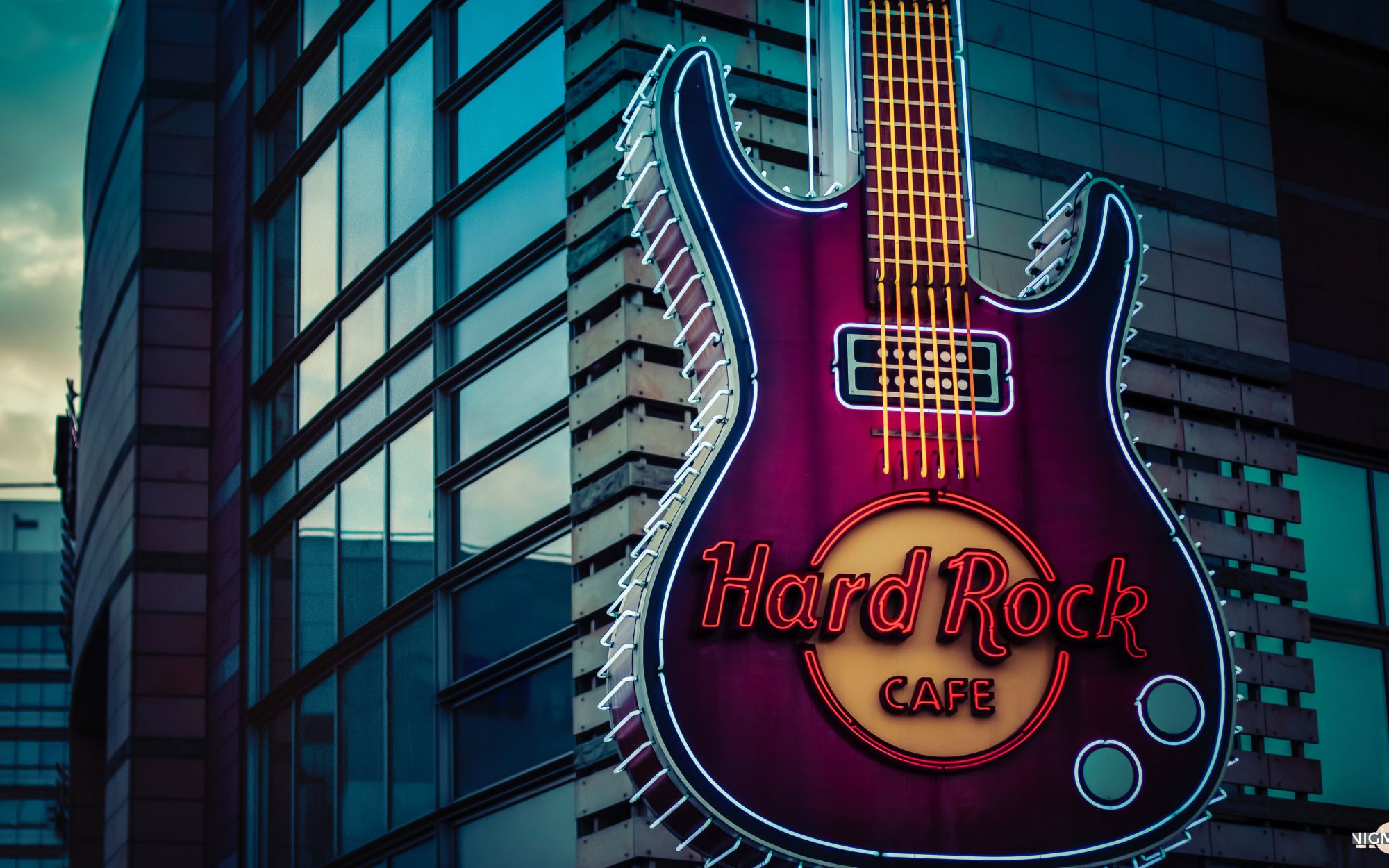Commercial photography can mean any kind of photography that’s monetized in any way, so in theory, all Stock Photography is commercial… but wait… within the world of Stock Photography, there are two categories of commercial photography; Commercial and Editorial. Confused? Well, let’s look at the differences
Editorial content
Editorial photography covers a wide range of different styles and genre but in simplistic terms, the definition of editorial use is not selling stuff.
Predominately with editorial use, images are used to support text, so most usages are by customers such as newspapers, magazines, and textbooks.
Generally, the imagery has a certain element of realism to it reflecting the world around us, but it’s not limited to that as illustrations can also be used editorially.
With editorial use in journalism, the integrity of the images is essential and they have to capture the realism of the scene. However, newspapers can also use photography to illustrate a story without it necessarily being directly linked and this is where they’ll often turn to stock photo libraries to source imagery.
To illustrate this let’s look at the recent visit to the UK by US First Lady, Michelle Obama, where she stopped for afternoon tea with the Camerons at Number 10 Downing Street.
The trip was reported in many newspapers with photojournalist images used to illustrate the factual account of each step of the visit. The story at Number 10 was they all had afternoon tea, but there were no photographers inside Downing Street to document this. If they wanted the newspapers could have used images of tea to illustrate the story, which is still classified as editorial use i.e. to illustrate a factual story.
Examples of editorial use include:
- Newspaper and magazine articles
- Editorial features
- Blog or website (for descriptive purposes)
- News broadcasts
- Documentaries
- Textbooks
- Essays and journals
Commercial content
As with editorial photography, commercial photography also has a wide range in themes and styles, but you can simply define commercial use as advertising or promoting stuff.
The main difference from editorial photography is there cannot be people or property within the image unless they have signed a model and/or property release form.
A release form is basically permission from the person/property owner within the photograph for them/their property to be used to endorse a product or service i.e. be used commercially in promotion or advertising. If you don’t have model or property releases it’s fine for customers to use images for editorial use, but having them also opens up potential commercial use for your images.
People who work in advertising and those brands trying to sell us stuff have very large budgets and so commercial use of stock photography can net more money for single uses than editorial, where you need to sell large volumes of images to bring in the same amount of cash.
In some cases, the end user may decide the way they intend to use the image in their commercial product means they don’t need a release; for example, they may be overlaying text or cloning out people or property. However, we advise getting releases if you can and never ever say you’ve got a release if you don’t actually have one.
Whether you shoot photos with editorial or commercial use in mind at Alamy we have customers that want both and we’ll gladly accept either style from you. Just keep in mind if you’re shooting for editorial use then customers are looking for realism. With commercial customers, the latest trend is for more realistic people, but they don’t want it that real and they do want model releases.
Examples of commercial use include:
- Advertising in print and digital media campaigns
- Marketing and promotional materials
- Corporate presentations and brochures
- Commercial websites
- Product packaging
- Film and television
- Books and book covers


